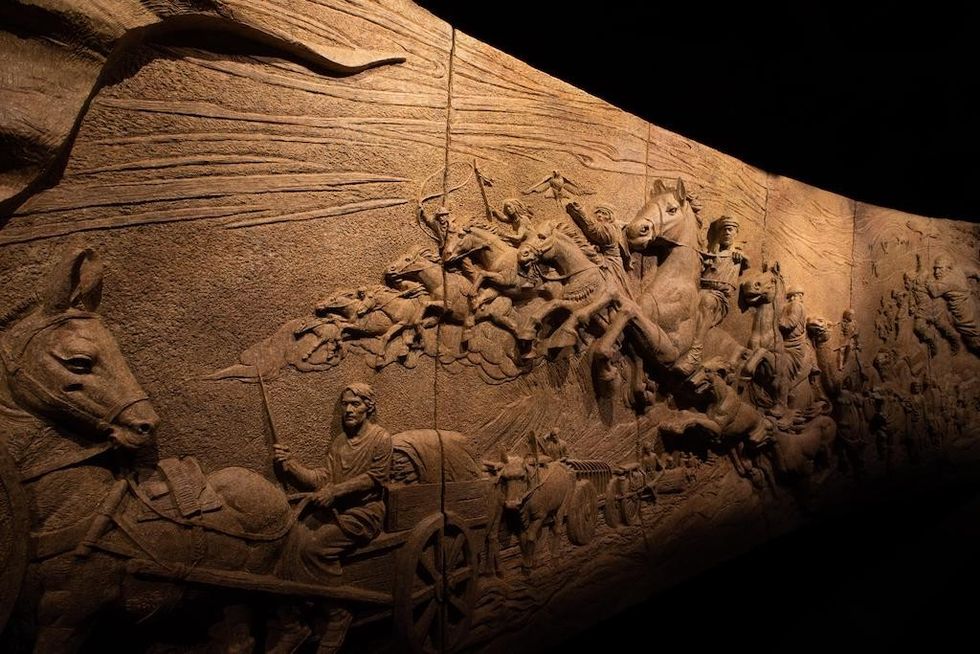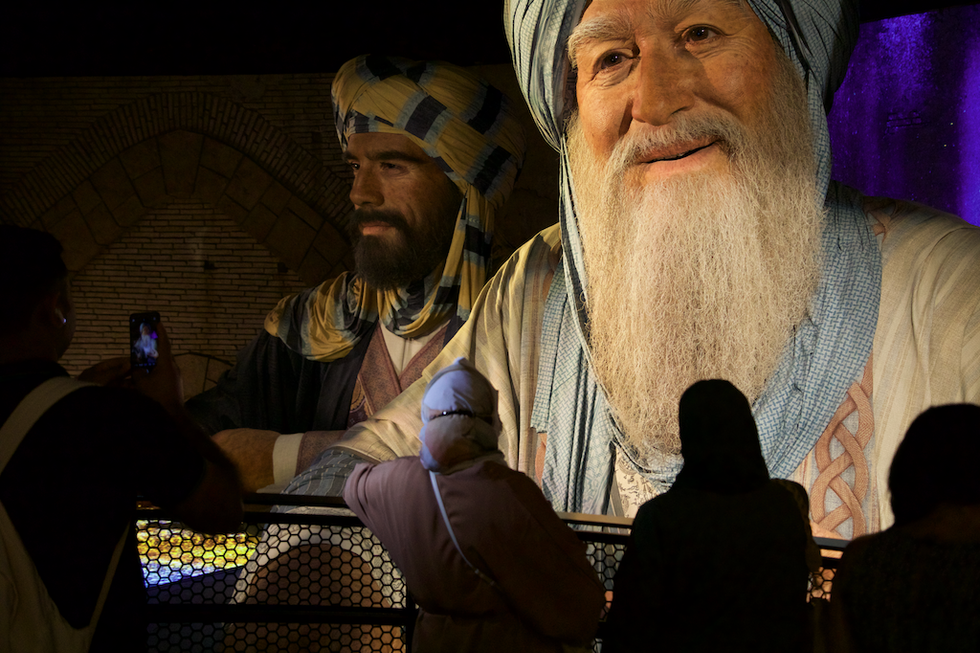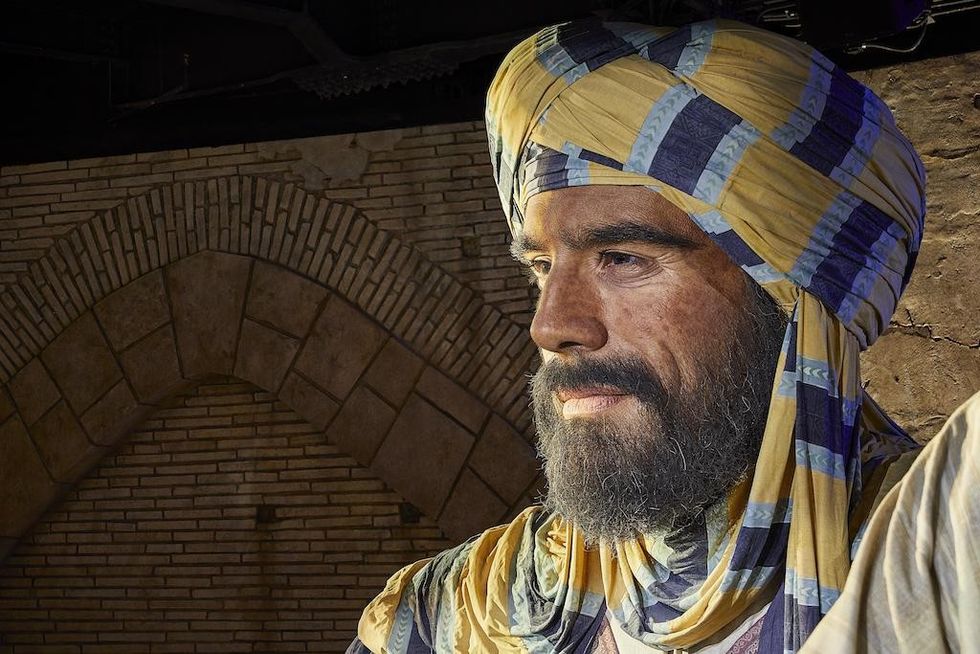How do you translate the experience of a French scientific exhibition for a North American audience? The answer lies in the recent journey of Crowdology by Universcience, an organisation that works to make science accessible to all,now on display as Crowds: Humans in Interaction in Quebec.
Crowds: Humans in Interaction is currently on display at the Musée de la civilisation in Quebec City, Canada, under the French title of Foules. Laboratoire humain. This exhibition explores the phenomena associated with several types of crowds. Initially created in France in 2022, its Quebec adaptation is the result of a collaboration between Universcience and the Musée de la civilisation, illustrating Universcience's expertise in exhibition export.
To learn more, we speak with Dorothée Vatinel, an experienced museum project manager at Universcience, who spent a year in Quebec to support the Musée de la civilisation, among others, with the exhibition.
From France to the world
Universcience offers three types of exports worldwide: file transaction, duplication, and turnkey solution.
For the first type, Universcience provides the partner museum with a comprehensive technical file containing all the elements that comprise the exhibition. The receiving museum can then reproduce all the elements with a certain freedom of interpretation, while respecting the original editorial and technical guidelines.
When it comes to duplication, either Universcience or the museum itself creates a faithful reproduction of the exhibition. This copy can be identical to the original or partially adapted to meet specific needs.
Finally, for a turnkey solution, the export exhibition receives technical adjustments before going on loan. Universcience's technical team also travels on-site to ensure maintenance and installation.
For each export, Universcience collaborates closely with its clients to create an exhibition tailored to the available space and target audience. These projects typically span one year, allowing both organisations to support and assist each other. This is why most collaborations are established with institutions that Universcience fully trusts.
The Crowds: Humans in Interaction project perfectly illustrates this process. Launched in April 2023, the initiative began with discussions that allowed the teams to get to know each other. The project then materialised through the creation of a complete file containing all the exhibition elements as well as the complementary notes necessary for the adaptation process.
See also: Universcience: how to create an engaging children’s exhibition
Universcience as cultural translator
After the initial meetings between the teams, Universcience intervenes to train the client’s museum teams. This training covers furniture functions and plans, as well as the latest comments and advice gathered from the first exhibition. The contract is then legally drafted, with its structure having been jointly defined by both teams.
Just before opening, Universcience and the partner museum collaborate on visual and technical updates. The final file includes visual design and adaptation of media and audiovisual content.
Universcience's role as a cultural translator is pivotal throughout the adaptation process. The host museum, with the help of the local team, must make the exhibition relevant in its new context. The primary objective of this adaptation is to enrich the original exhibition and present content tailored to a new audience type, while preserving the essence of the subject.
To facilitate communication between teams, Universcience can deploy its team members to accompany the partner museum on-site. This was the case for Crowds: Humans in Interaction, as Vatinel journeyed to Quebec. During her stay, she supervised the export and all its components to ensure the final result met the client's expectations.
Bringing Crowdology to Quebec
Talking about what drew the Musée de la civilisation to select Crowdology as a candidate for adaptation, the museum says: “The collaboration and trust between the MCQ and Universcience have developed and deepened over time, especially through previous joint projects such as Dogs & Cats and Special Effects.
“The choice of Crowdology quickly became evident due to the originality of its subject — the crowd — a true civilizational phenomenon that is experienced and perceived differently around the world, depending on geographic, social, cultural, and environmental contexts. It’s a topic that fits perfectly within the MCQ’s mission.
“With its interactive museography and wide audience appeal — including children — the exhibition also complements the MCQ’s cultural offering particularly well.”
The topic of crowds resonates with all cultures, and every country associates this topic with specific events, whether joyful or dramatic, adds Vatinel:
“Presenting the Crowdology exhibition in Quebec only required a few minor adjustments, such as tweaking the rumours or the songs in the group karaoke section to make them more local. As a result, the Quebec version is very close in content to its French cousin.
“That said, I find its scenography even more successful than in France, as the Musée de la civilisation was able to benefit from the feedback gathered at the Cité des sciences et de l’industrie — for example, regarding the placement of certain interactives or the lighting of the final section of the exhibition.
“Now I find myself wondering: is the notion of crowds perceived in the same way on both sides of the Atlantic — by Quebecers, who are eight times fewer than the French on a territory three times as large? Perhaps a new research topic for Mehdi Moussaïd, the exhibition’s scientific advisor we worked with.”
A customised exhibition
Thanks to the many exchanges between the dedicated teams at the Musée de la civilisation and Universcience, a sense of mutual trust and a shared desire to adapt the exhibition for North American visitors emerged quickly.
“As is often the case at the MCQ, we customised a portion of the exhibition for the Quebec version,” says the museum.
“For example, in Paris, the first hallway featured anamorphic visuals where visitors could take photos. In Quebec, that space references the famous Québec City Summer Festival (FEQ), a major cultural event in the region. With an installation developed by our technical team, visitors can simulate bodysurfing through the crowd.
“Like in Paris, it’s become a great photo opportunity. It really makes you feel like you’re there!”
Just like with the French version, the team gathered one morning in the auditorium to sing popular Quebec songs together as a group, part of the process of adapting the group karaoke feature.
“As in Paris, it was a joyful and unifying experience. It was also a great way for Dorothée to meet the museum teams and get acquainted with our local expressions!”
Collaboration, in-person training, and long-standing ties
Vatinel’s presence on-site shaped the collaboration and implementation of the museum.
“Although our institutions were already collaborating well remotely, having Dorothée on-site significantly streamlined communication, especially as the opening date approached. She either had the answers herself or quickly connected us to the right person in France.
“Her in-person training of the mediation team was also invaluable, and our mediators haven’t hesitated to ask her for additional context whenever they run into her at the museum.
“Dorothée truly became part of our team. Her expertise in science communication, touring exhibitions, and global museology has been a tremendous asset. Our staff regularly consult her for advice and new ideas.”
While Vatinel has had the chance to work with many international museum partners, co-producing exhibitions in Finland, Belgium, Portugal, and Italy, she says she experienced a whole new type of collaboration with Crowdology.
“Being on-site for a full year to accompany an exhibition I co-developed with my French colleague, Astrid Aron, made the intercultural connection even more meaningful.
“It was a joy to see Foules. Laboratoire humain (a highly relevant title, created by the Musée de la civilisation) resonate with North American audiences — the visitor feedback has been extremely positive!
“I also really enjoyed training the mediation team, who now run engaging activities directly in the exhibition — a different format from what we do at the Cité des sciences.
“Since the original exhibition team is no longer at the museum, Quebec colleagues now often turn to me for protocol visits or communications. I’m proud to play this role, which feels like a “concentrated” version of this francophone collaboration.”
Visitor feedback as Crowdology becomes Crowds: Humans in Interaction
Guest feedback for the exhibition at the Musée de la civilisation has been overwhelmingly positive. One visitor in May 2025 said:
“The 'Human Lab' exhibition was amazing! Our students really enjoyed it and wished they could have stayed longer! The final room, where they realized that everyone could see them and control elements in the other spaces, was the highlight! It’s probably one of the best exhibitions I’ve ever seen — and I’ve seen a lot!”
During our peak summer season, the museum says that the team has even overheard visitors — after waiting in a very long line — referencing their new understanding of crowd behaviour gained from the exhibition: “Sometimes, understanding a phenomenon helps us cope with it more calmly!”
As for future international partnerships, the museum is more eager than ever:
“This experience confirmed the value of cross-institutional collaboration — pooling expertise, embracing innovation, and pushing the boundaries of what’s possible to create the best possible experience for our visitors.”
Vatinel adds: “I believe the interactive museology of Crowdology complements the Musée de la civilisation’s more collection-based exhibitions very well. This project was truly the result of regular, constructive dialogue between our two institutions, and I’m very happy to have been part of it.
“This francophone collaboration is continuing through new projects — I feel that this Quebec partner is becoming a true friend.”
Shared museological standards
As the exhibition continues to impress visitors at the Musée de la civilisation, Vatinel reflects on the experience, saying that it was a museum she had dreamed of visiting since she started her museology career:
“Spending a full year with their team was even better! It was fascinating to contribute to building a bridge between my home institution, the Cité des sciences et de l’industrie, and my host institution in Quebec.
“It gave me the opportunity to observe and understand what unites us, the visitor-centric approach and our shared museological standards, and what sets us apart. In Paris, exhibition content is often created from scratch, while in Quebec, existing collections are interwoven with other interpretive devices.
“Working in my native language in a different culture was, at first, disorienting but incredibly enriching. I love how the Québécois people defend the French language. When I return to France, I’ll no longer say 'mail' but 'courriel', 'slide' but 'diapo', or even 'marketing' but 'mise en marché'.
“More seriously, though professional practices are very similar between our two institutions, the Québécois approach is often more pragmatic, and a simpler hierarchy makes meetings shorter and more efficient — something I’d like to apply back home.”
After Crowdology: more partnerships to come
This wasn’t the first collaboration with Universcience for the Musée de la civilisation: “Perhaps that’s one reason it went so smoothly,” says the museum. “We’ve come to know each other well, institution to institution, and we now have a clear understanding of what each can bring to the table.
“This collaboration also inspired us to keep working together. In fact, Universcience will soon host one of our exhibitions and adapt it for a European audience. Ô merde! ( Brown Gold, for your English readers) will be presented at the Cité des sciences et de l’industrie in 2027, and possibly in other European museums afterwards.”
This collaboration turned out to be a truly enriching experience for both teams. It enabled more transparent communication and information sharing without interference. It also created strong bonds between the two institutions, paving the way for future exchanges and export projects with this museum.
As Universcience continues to expand its touring exhibitions worldwide, the Crowdology project exemplifies meaningful and adaptive international collaboration.
Charlotte Coates is blooloop's editor. She is from Brighton, UK and previously worked as a librarian. She has a strong interest in arts, culture and information and graduated from the University of Sussex with a degree in English Literature. Charlotte can usually be found either with her head in a book or planning her next travel adventure.


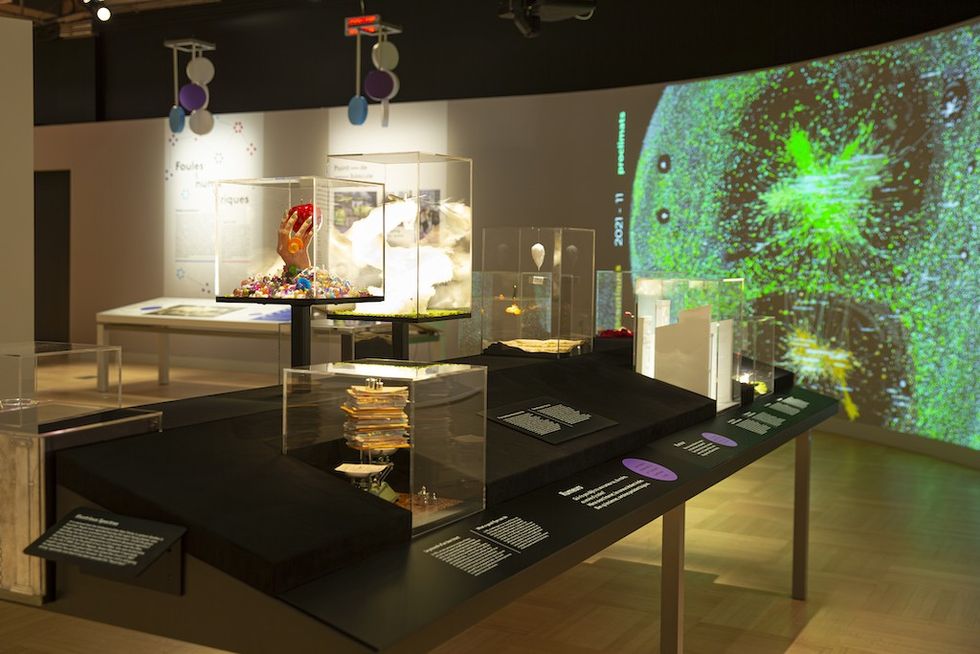
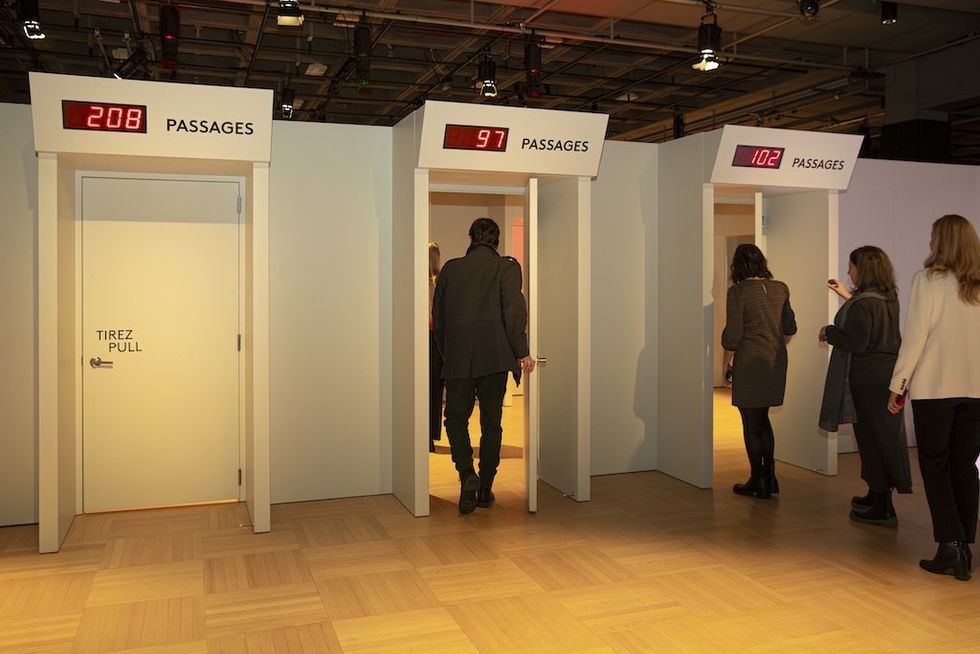
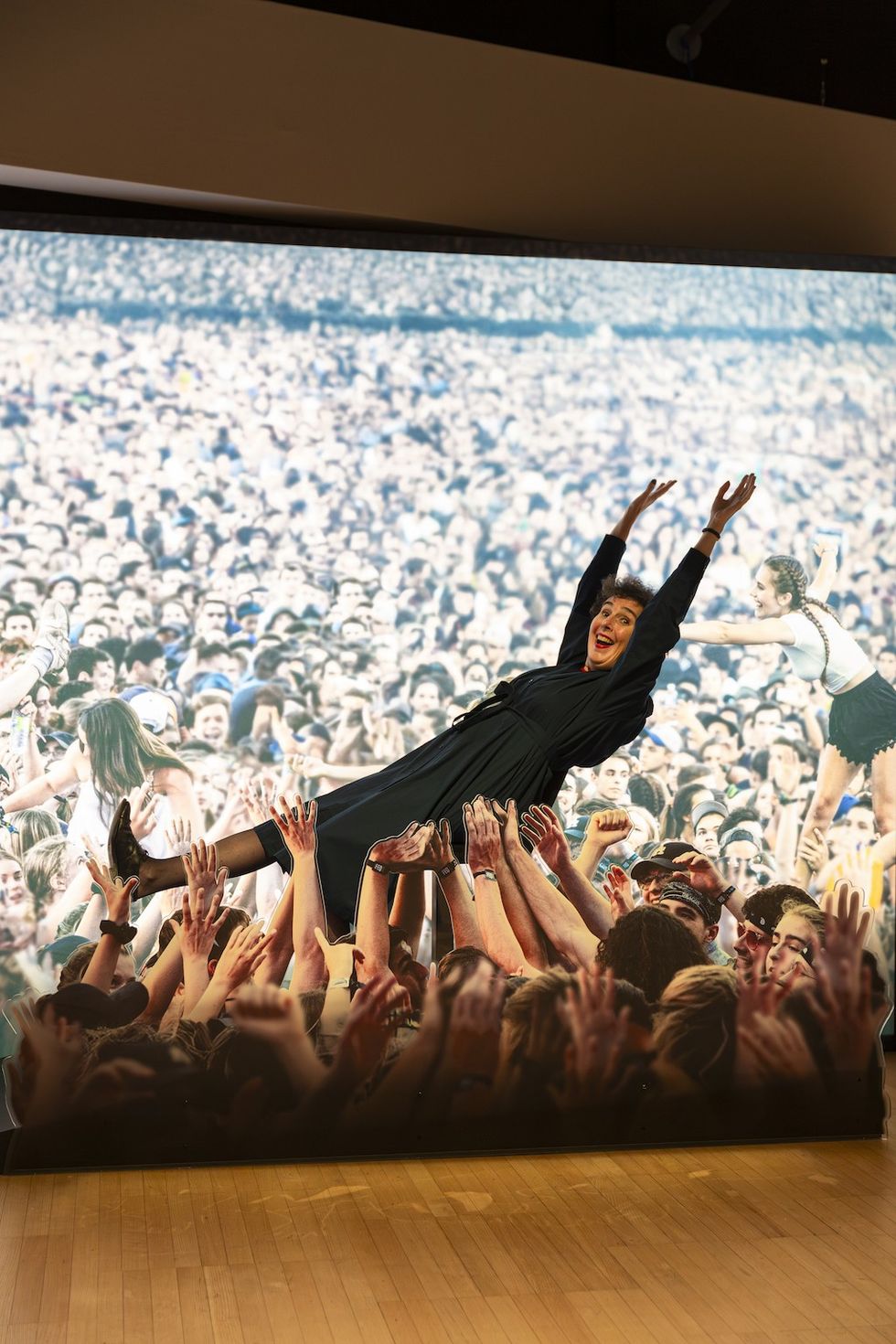
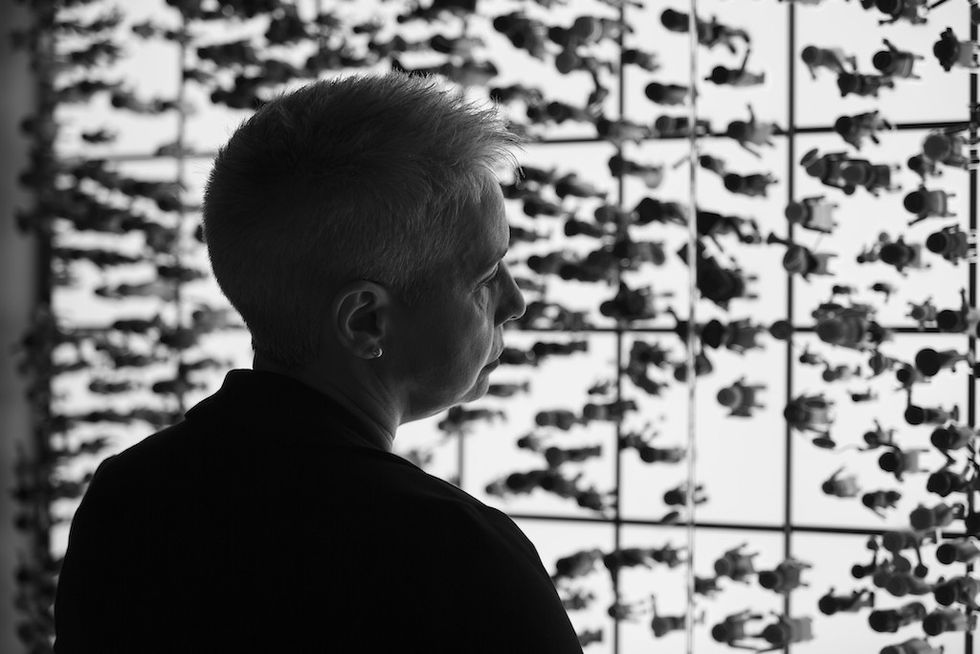

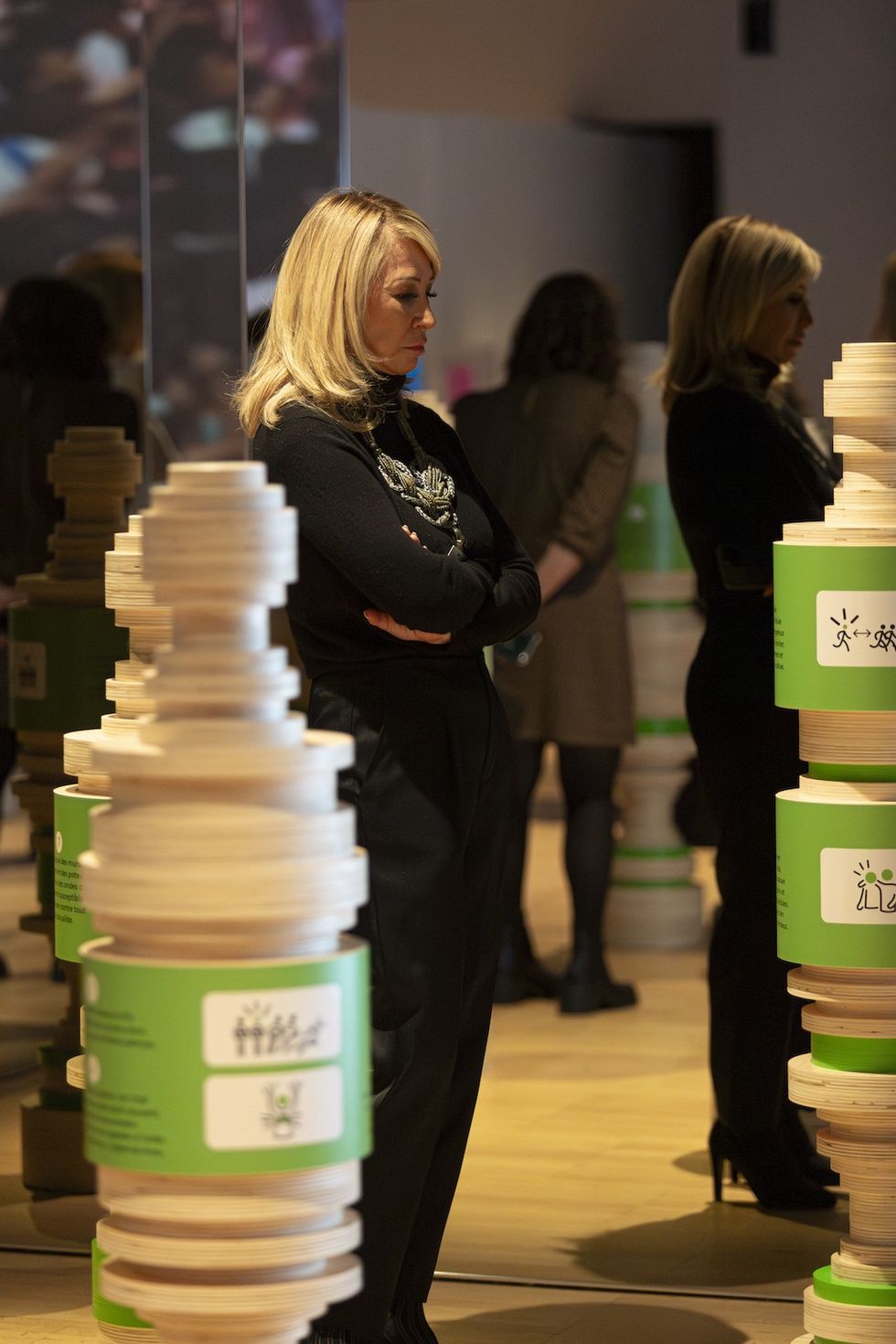

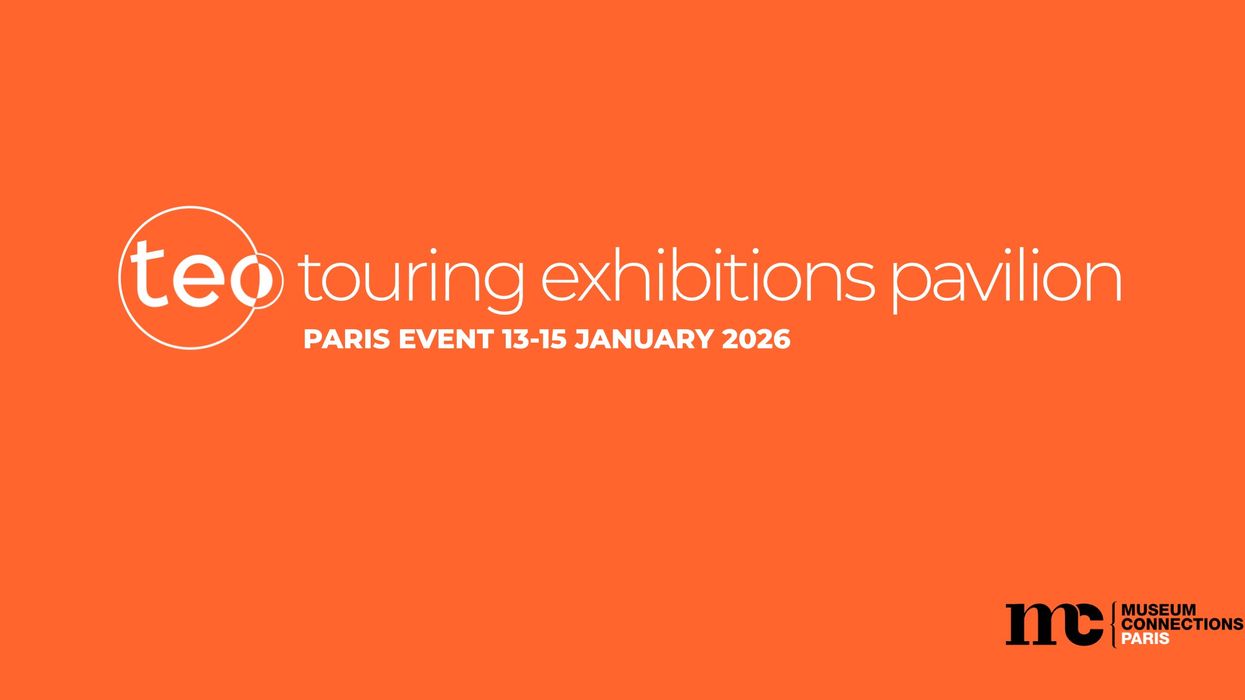
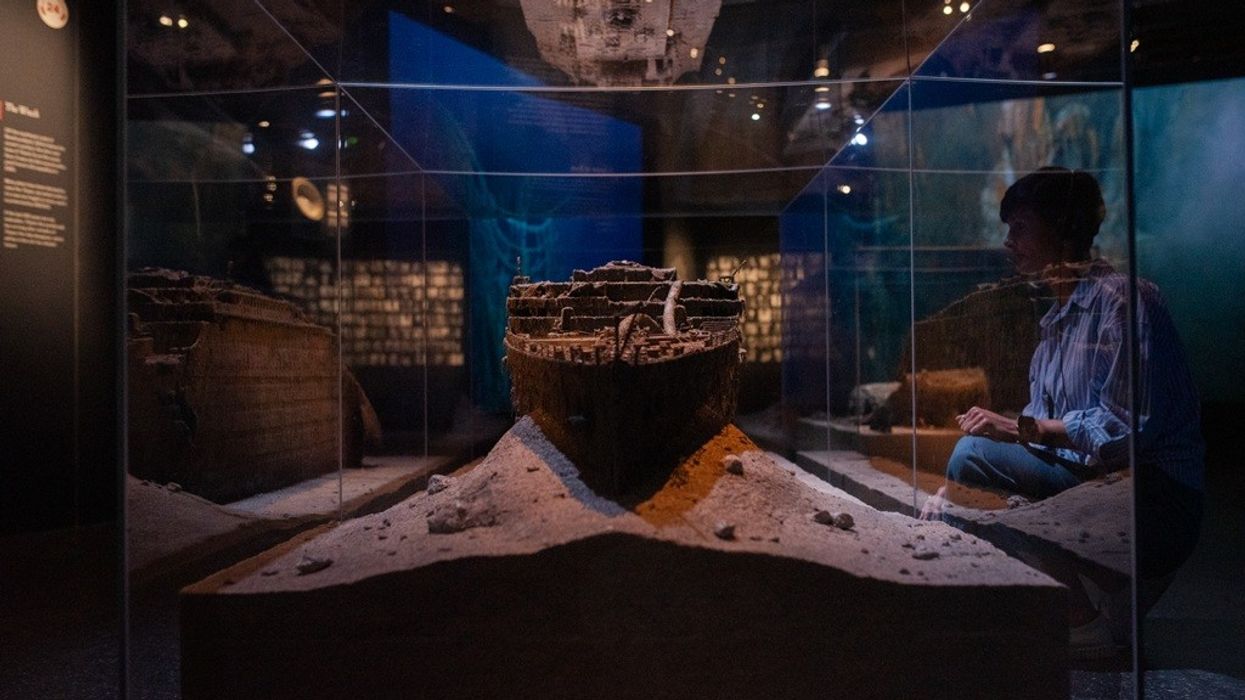
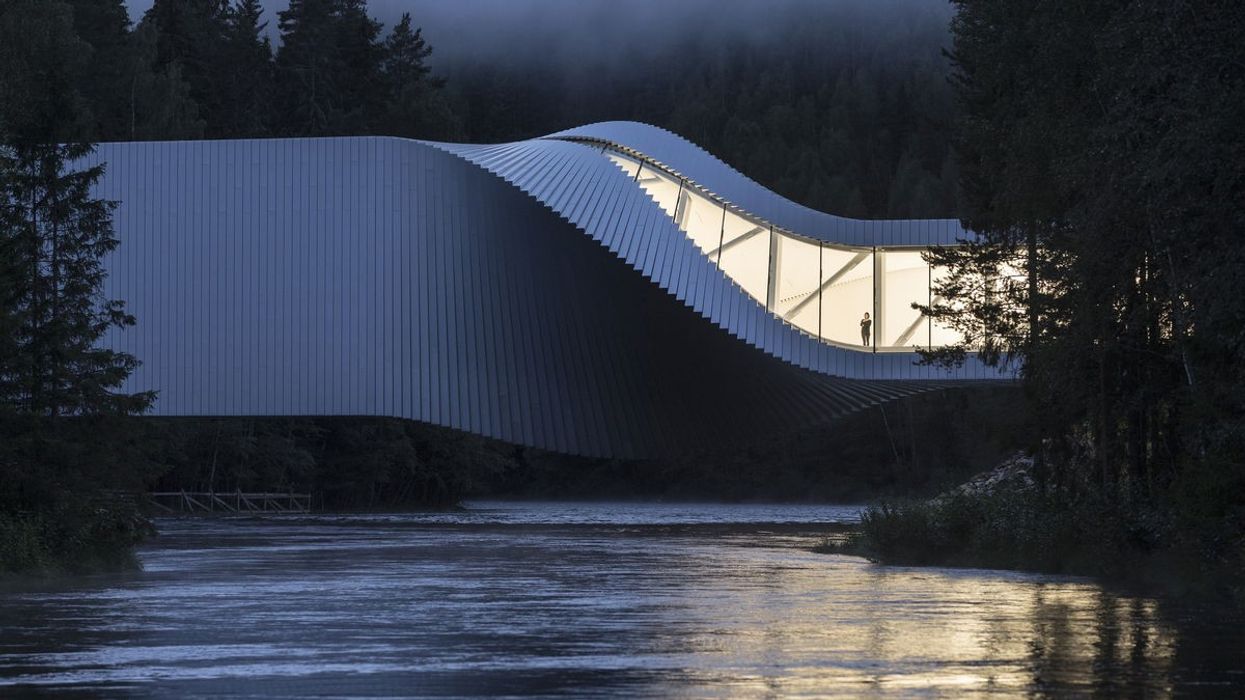
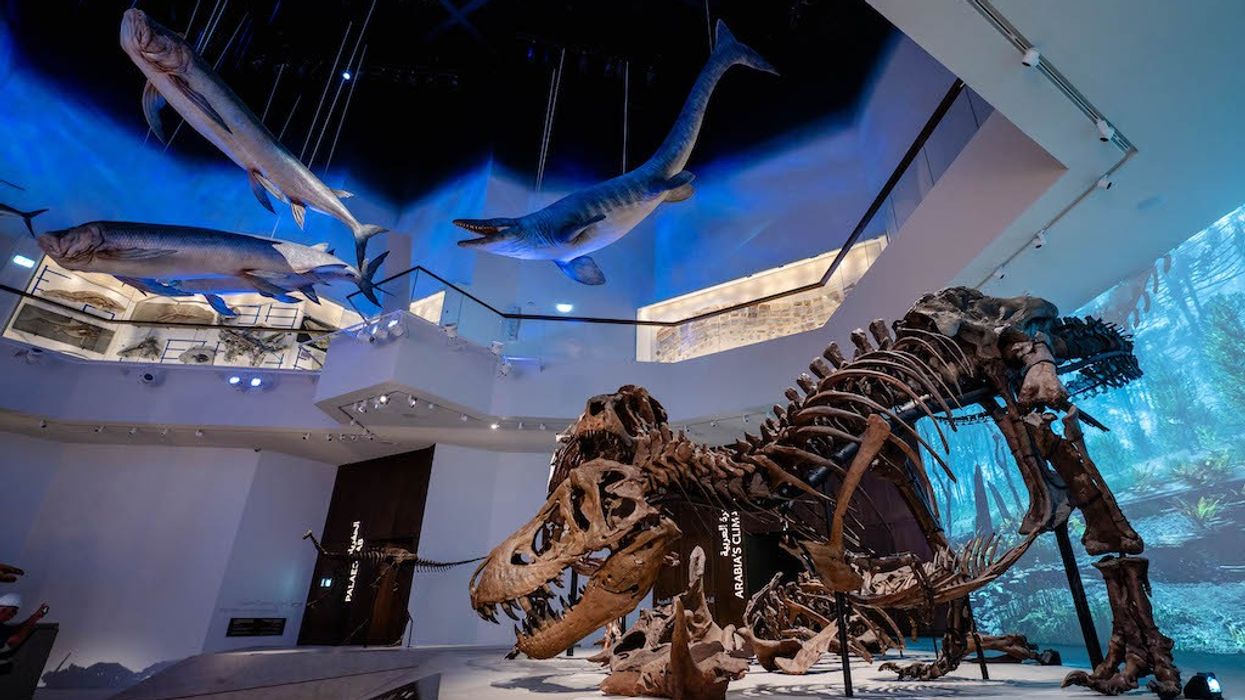
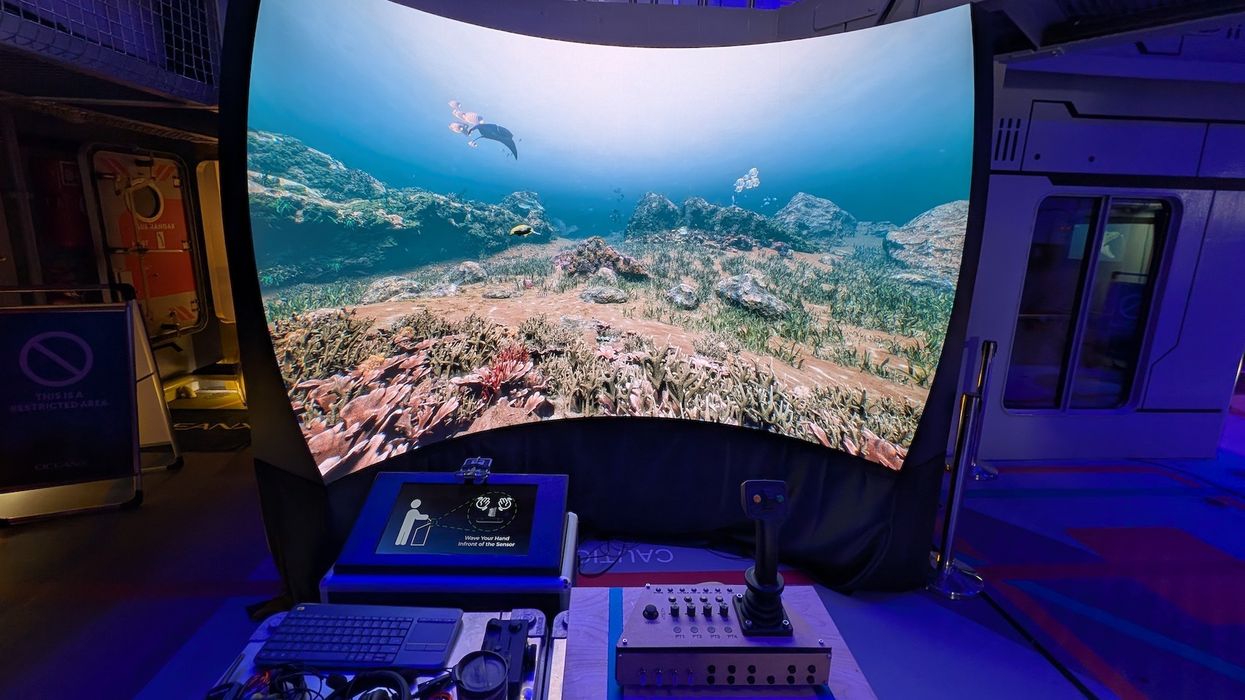
 TM Lim and Adam Wales
TM Lim and Adam Wales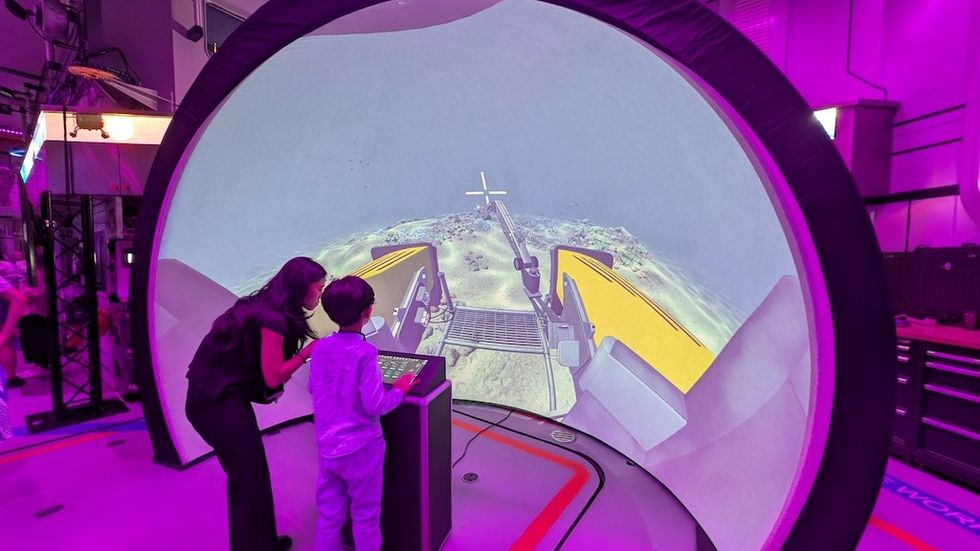
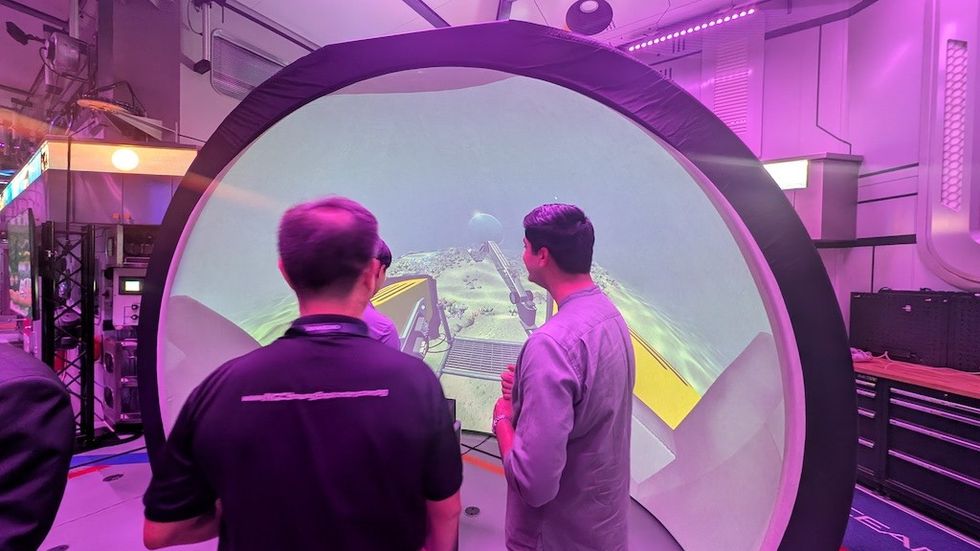
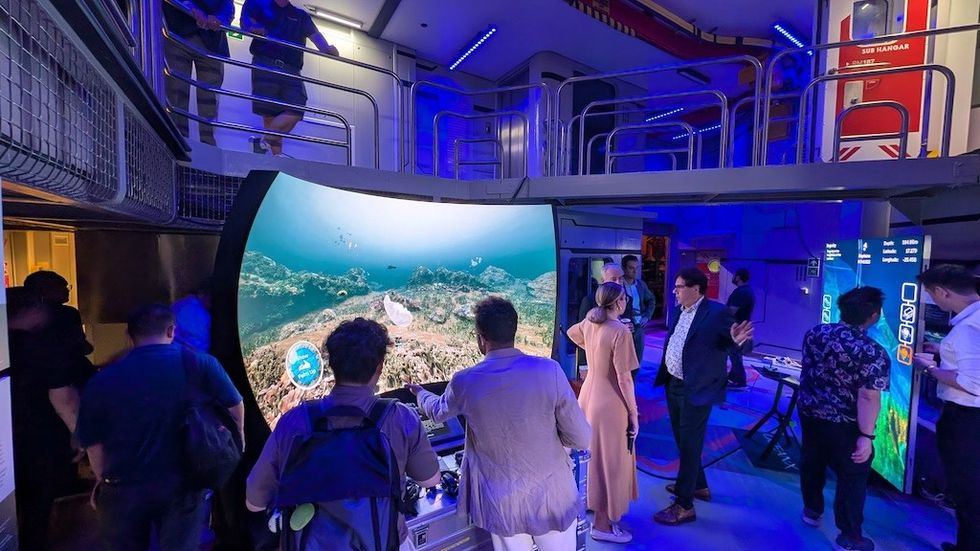

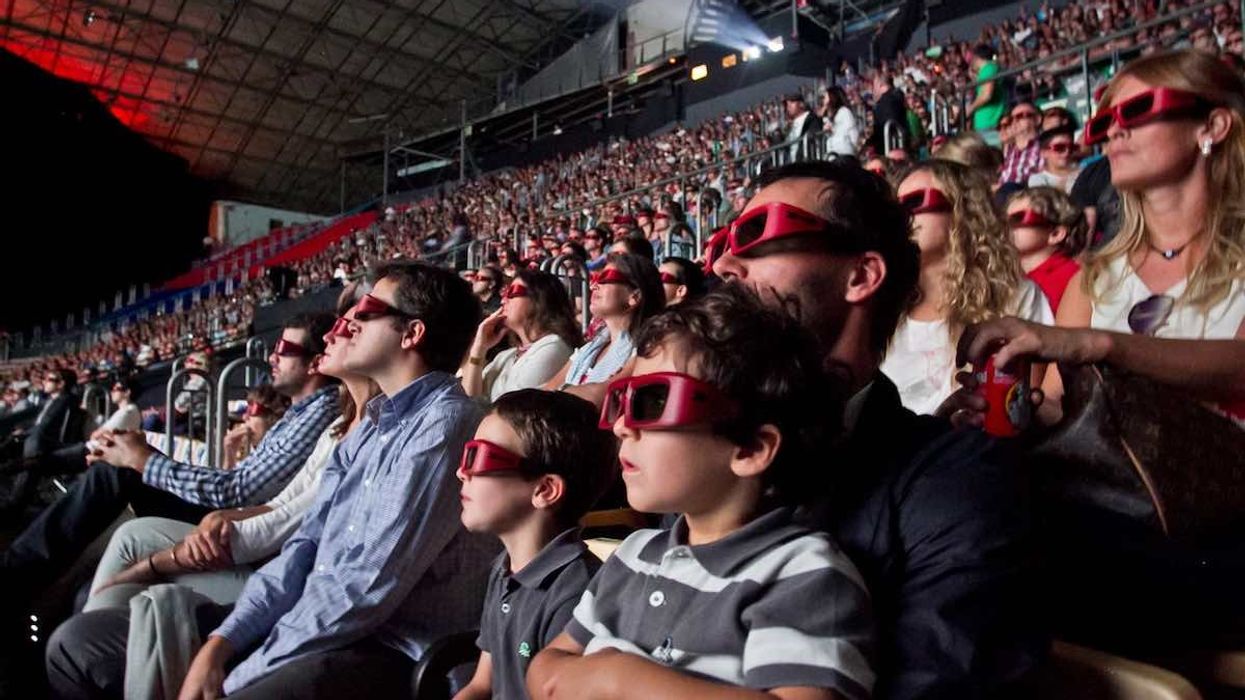

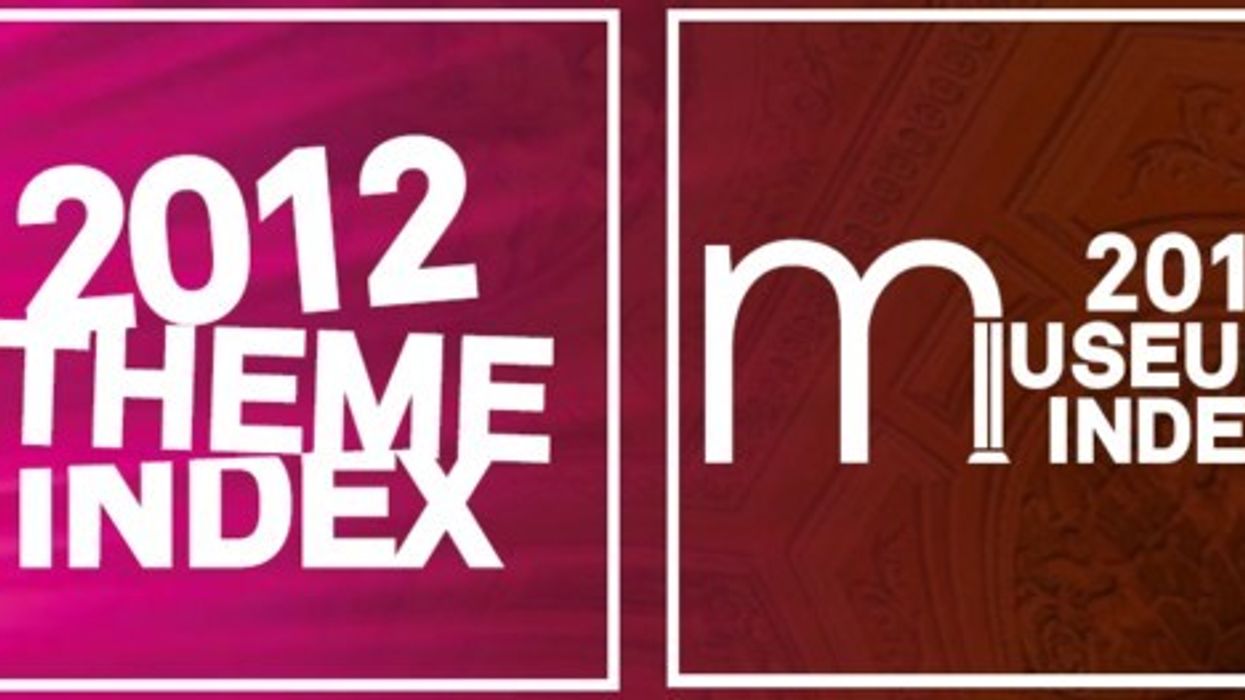
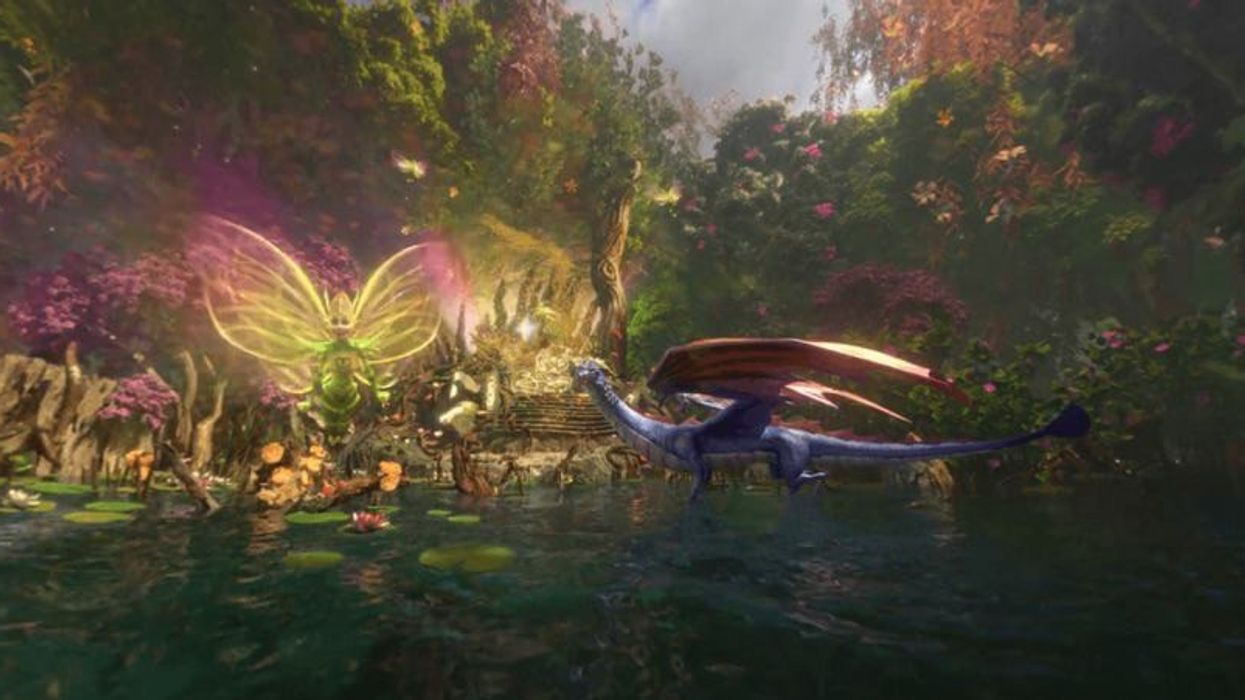
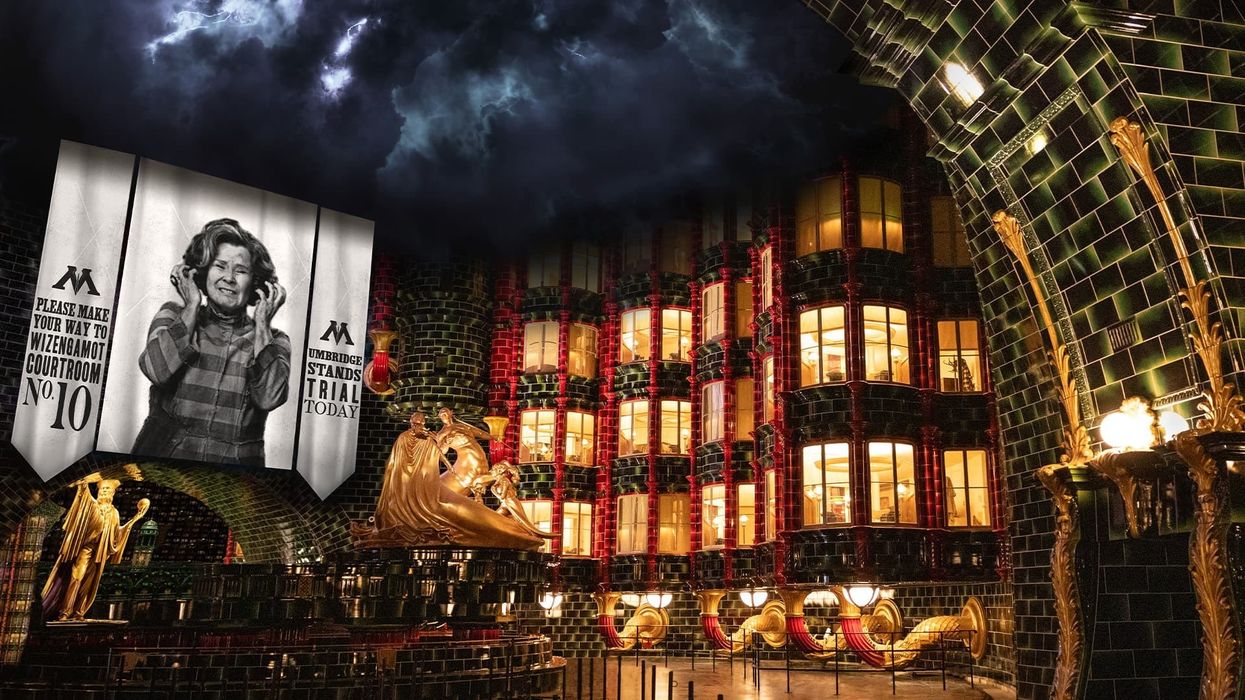
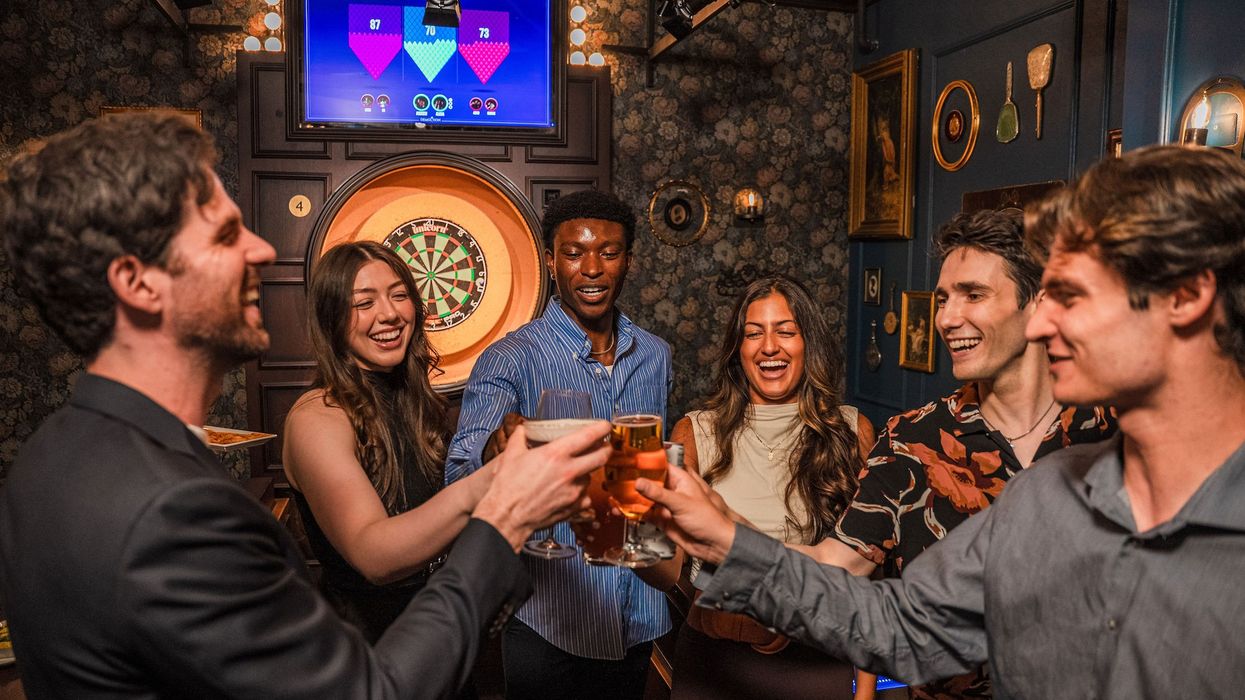
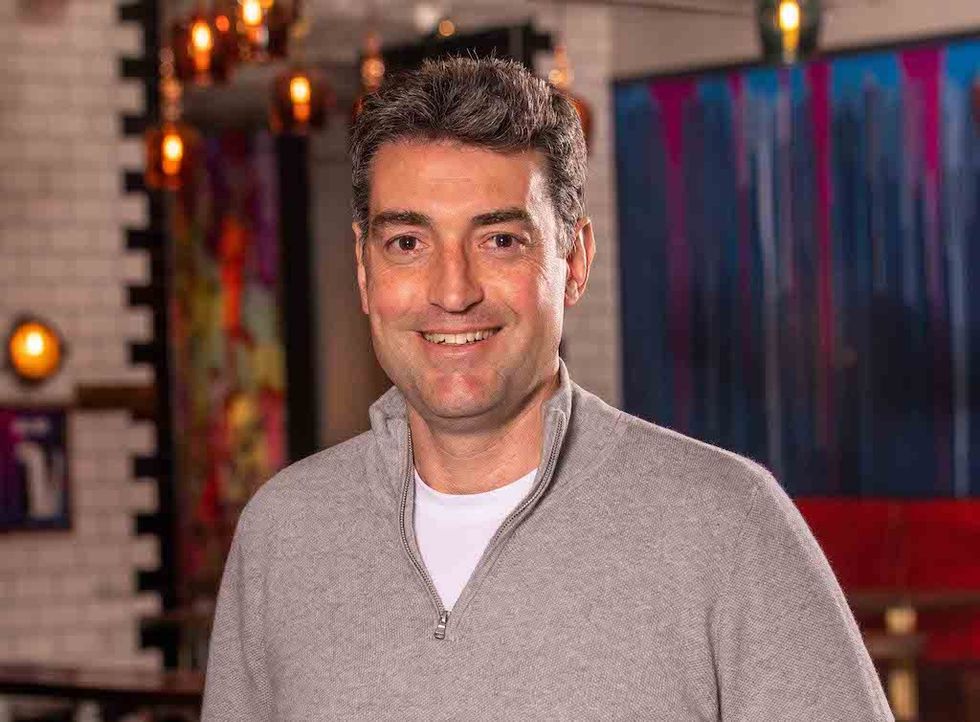 Toby Harris
Toby Harris Hijingo
Hijingo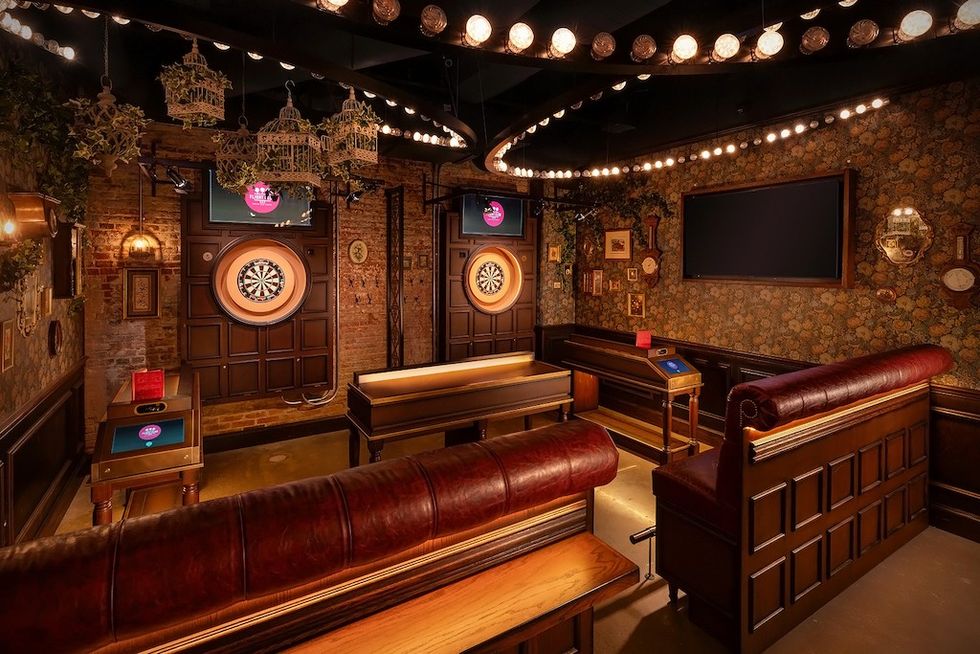 Flight Club, Washington D.C.
Flight Club, Washington D.C.
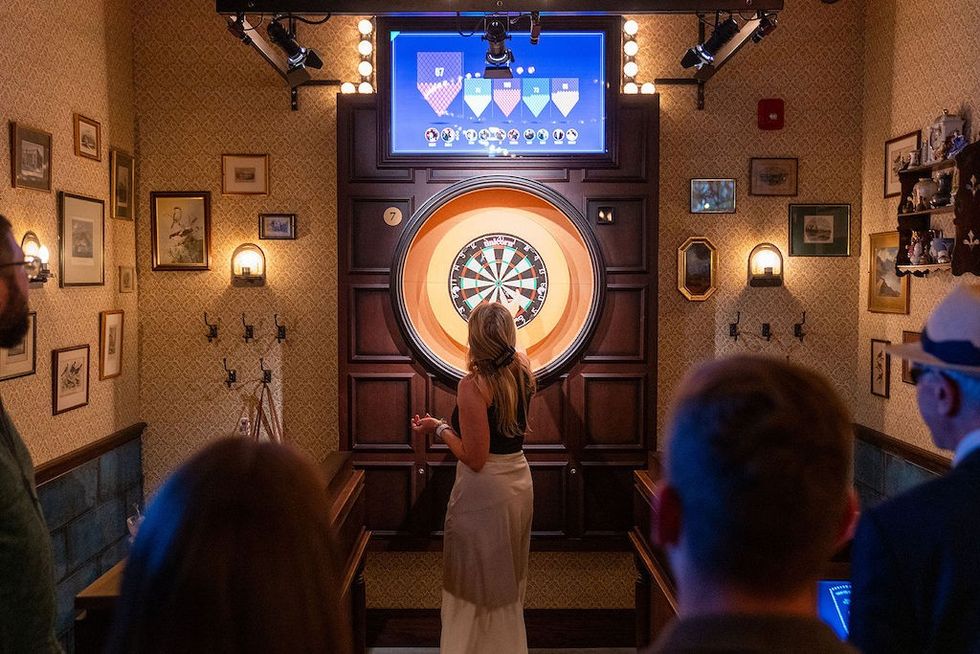 Flight Club Philadelphia
Flight Club Philadelphia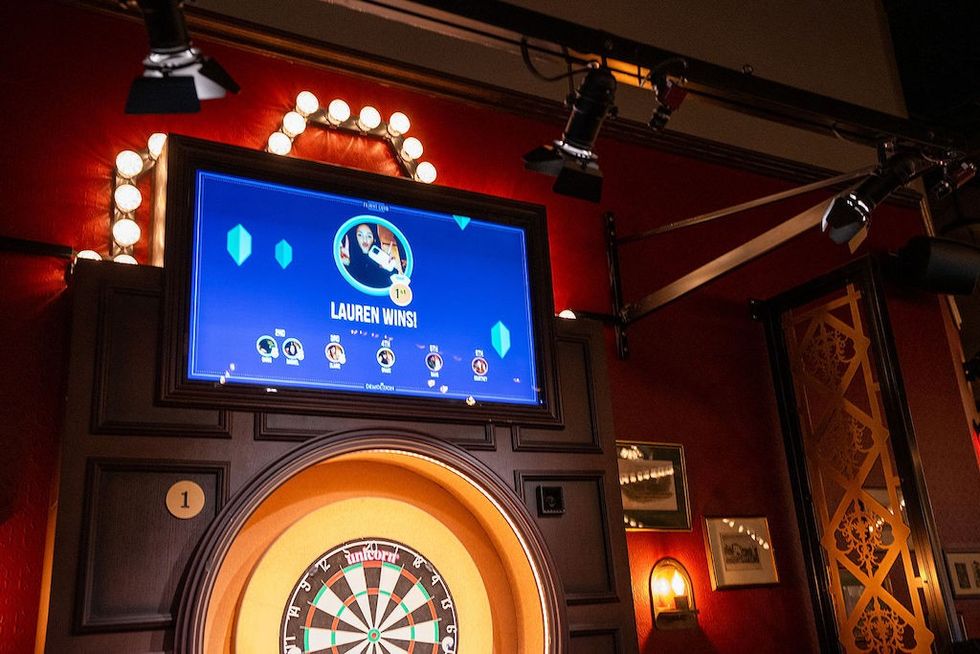 Flight Club Philadelphia
Flight Club Philadelphia Bounce
Bounce Hijingo
Hijingo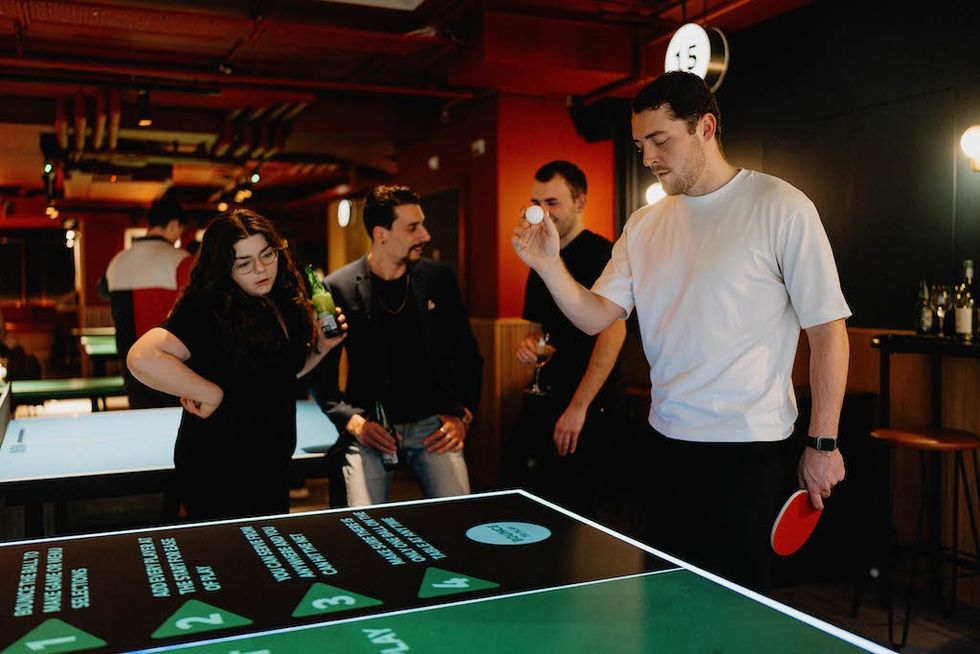 Bounce
Bounce
 Fernando Eiroa
Fernando Eiroa
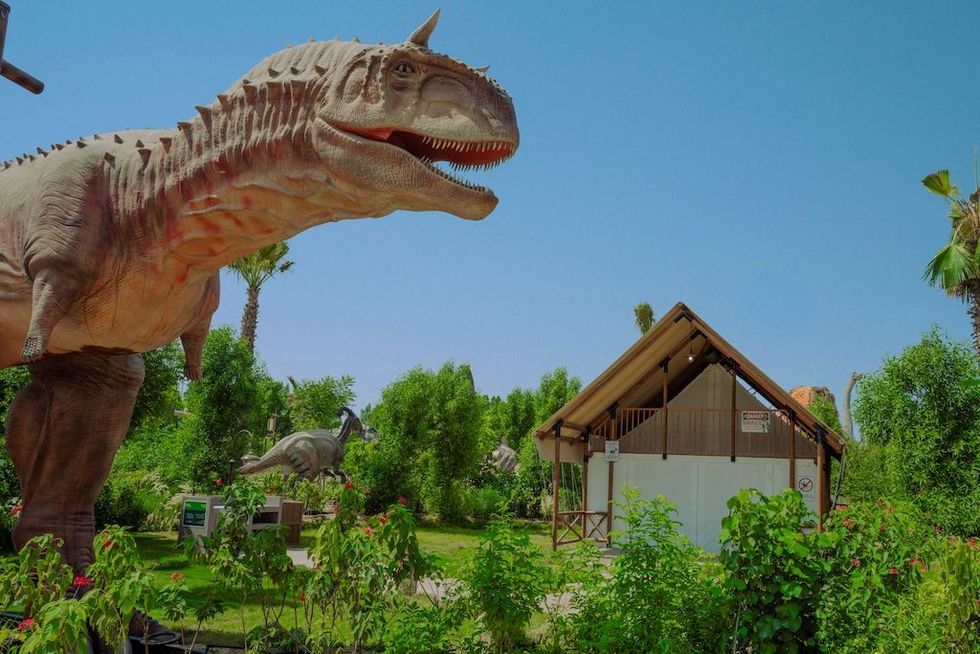

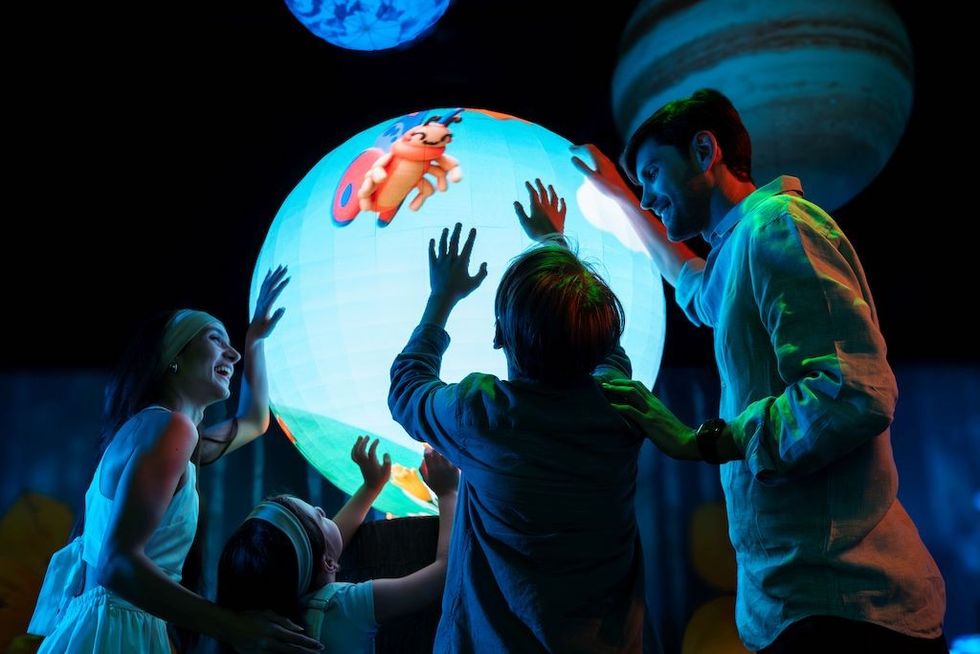



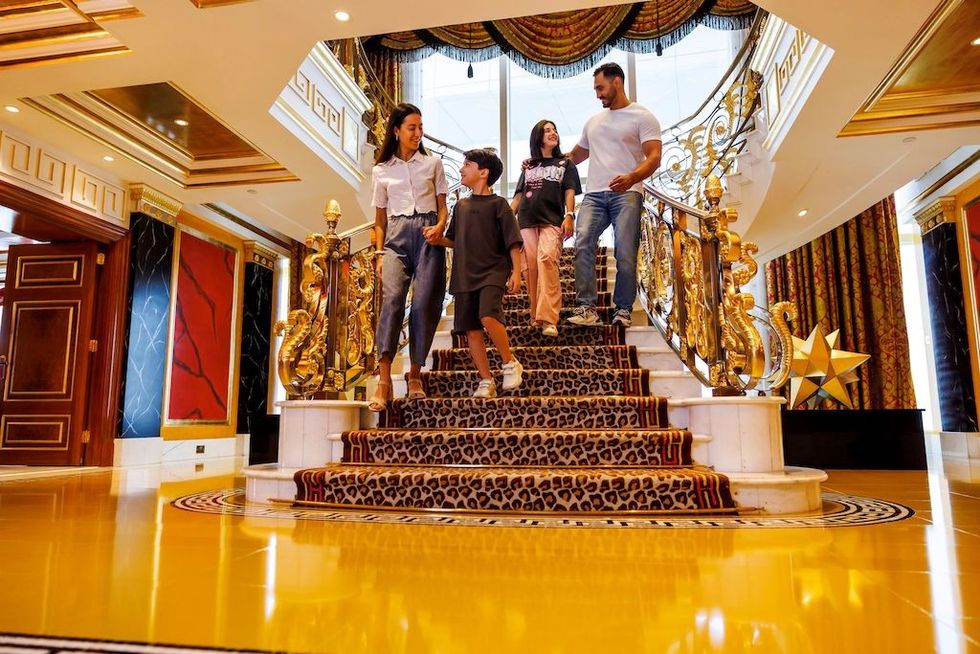




 Nickelodeon Land at Parque de Atracciones de Madrid
Nickelodeon Land at Parque de Atracciones de Madrid Raging Waters
Raging Waters  Mirabilandia's iSpeed coaster
Mirabilandia's iSpeed coaster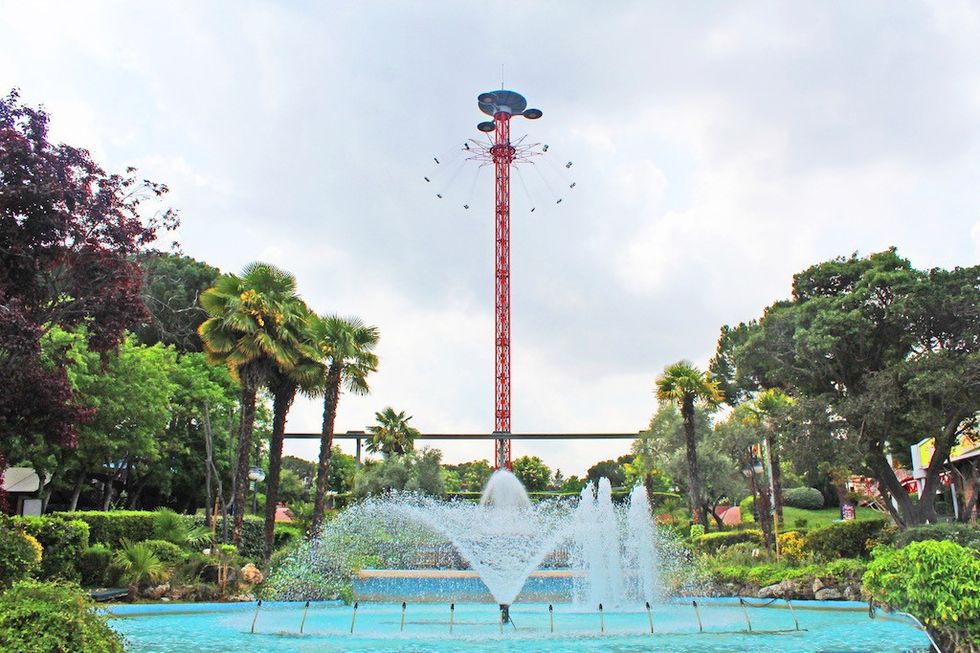 Parque de Atracciones de Madrid
Parque de Atracciones de Madrid Ferracci at the ribbon-cutting ceremony for Nickelodeon Land at Mirabilandia, with (left) Marie Marks, senior VP of global experiences for Paramount and (cutting the ribbon) Sabrina Mangina, GM at Mirabilandia
Ferracci at the ribbon-cutting ceremony for Nickelodeon Land at Mirabilandia, with (left) Marie Marks, senior VP of global experiences for Paramount and (cutting the ribbon) Sabrina Mangina, GM at Mirabilandia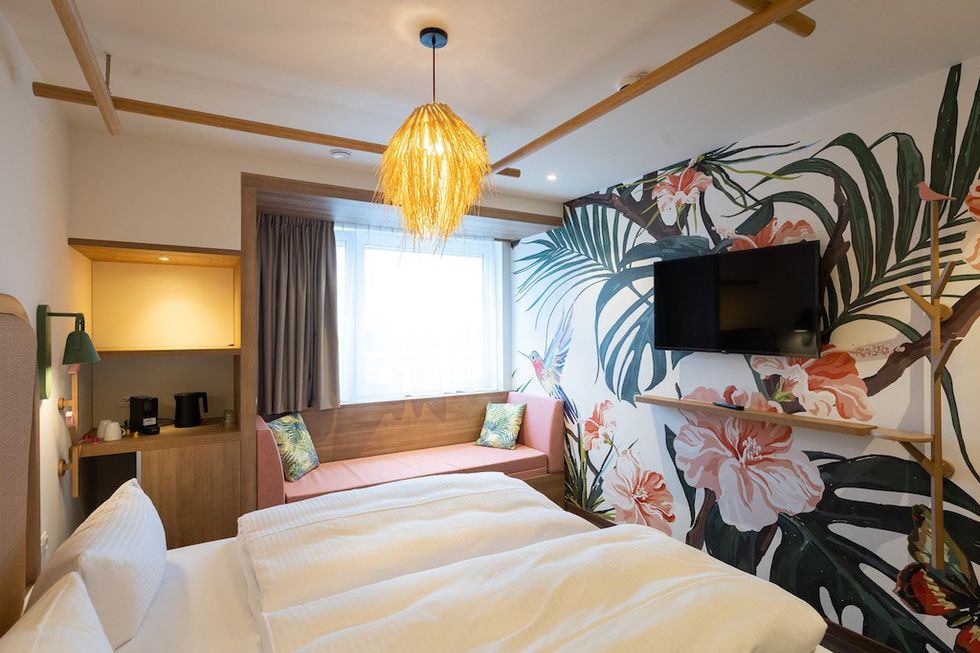 Tropical Islands OHANA hotel
Tropical Islands OHANA hotel Elephants at Blackpool Zoo
Elephants at Blackpool Zoo  Tusenfryd
Tusenfryd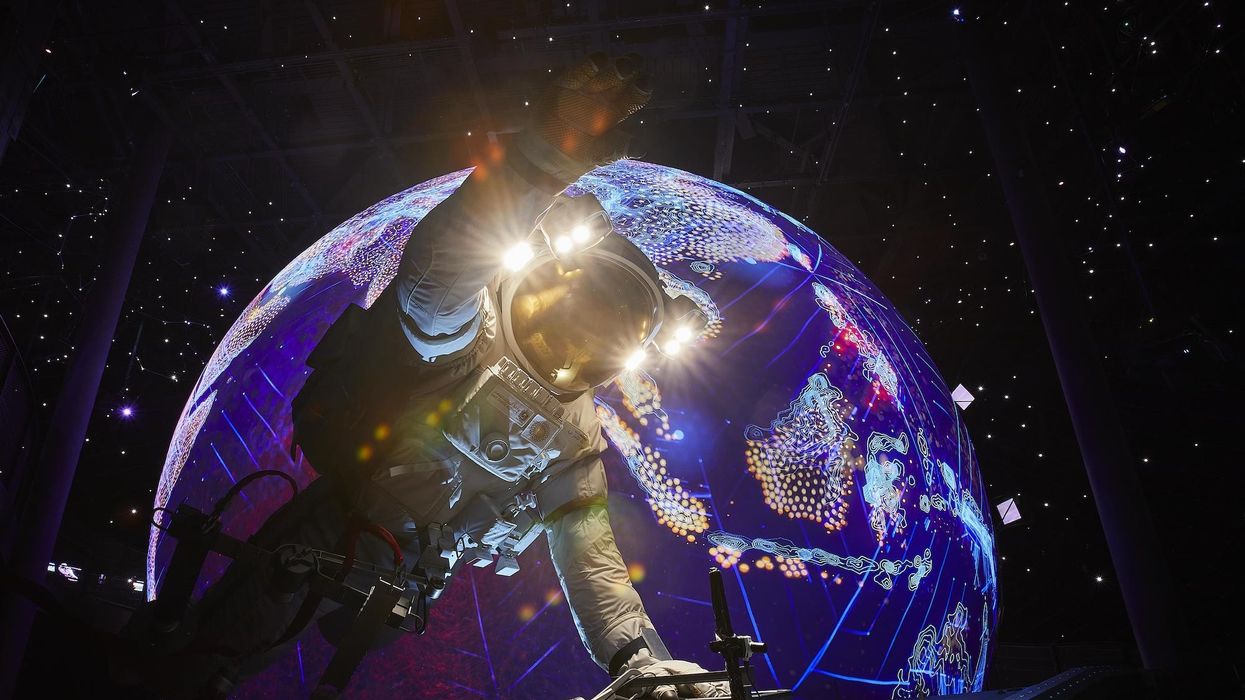
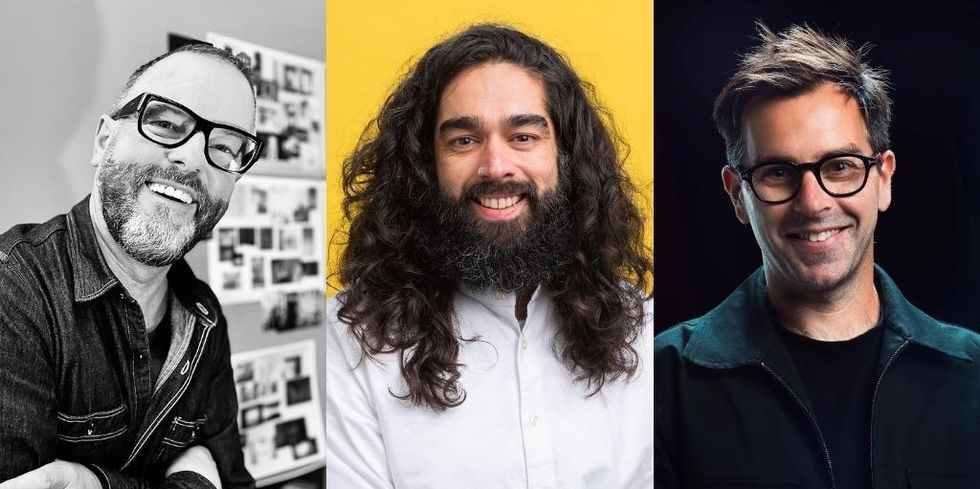 Andrew Thomas, Jason Aldous and Rik Athorne
Andrew Thomas, Jason Aldous and Rik Athorne
